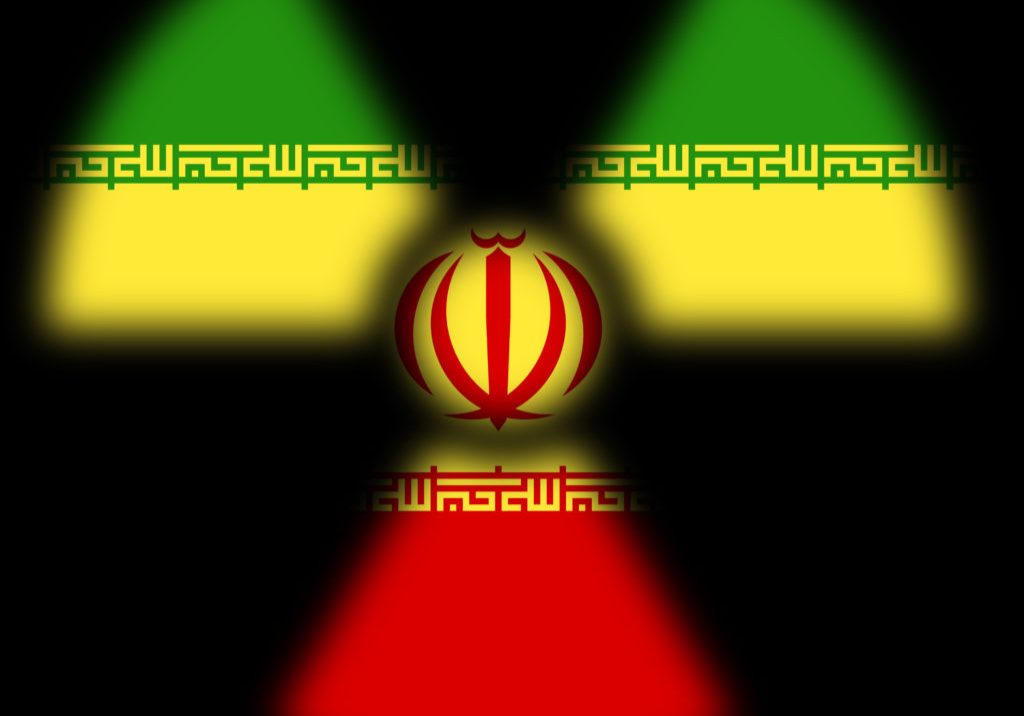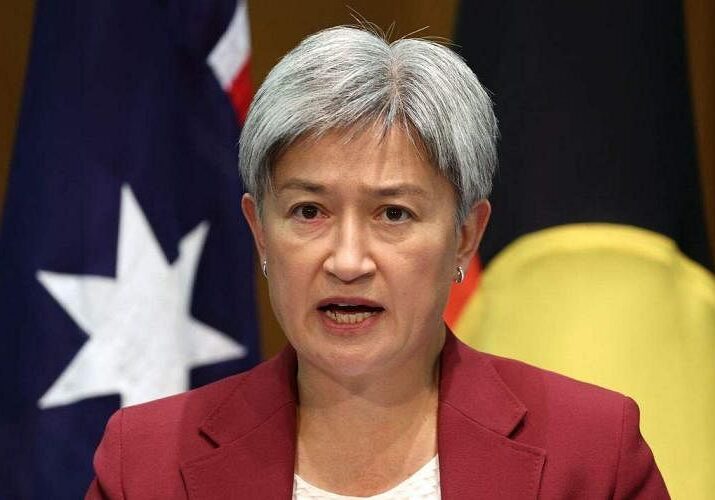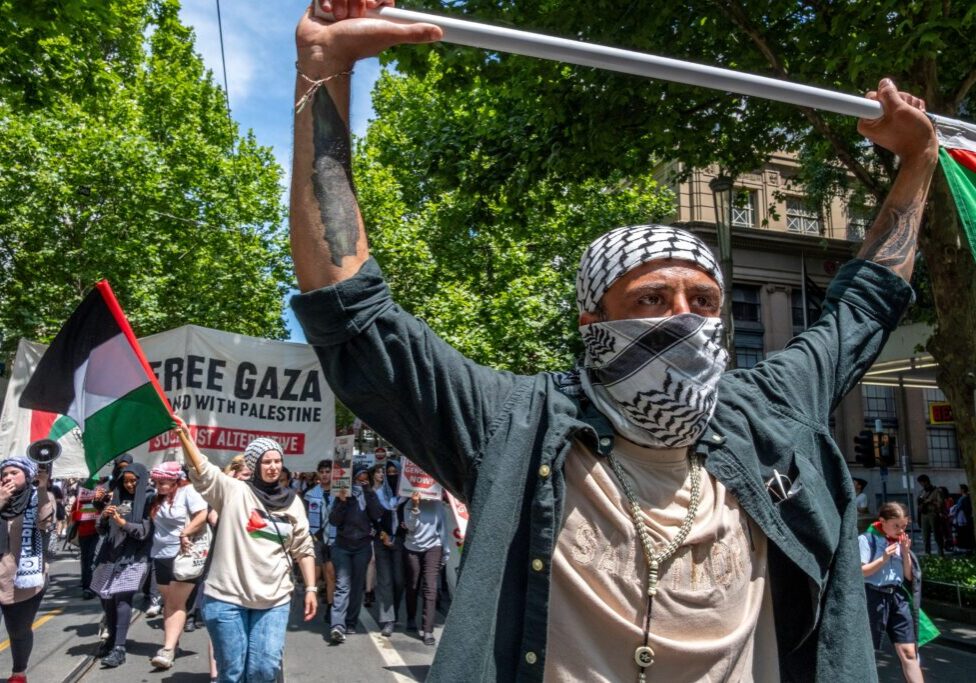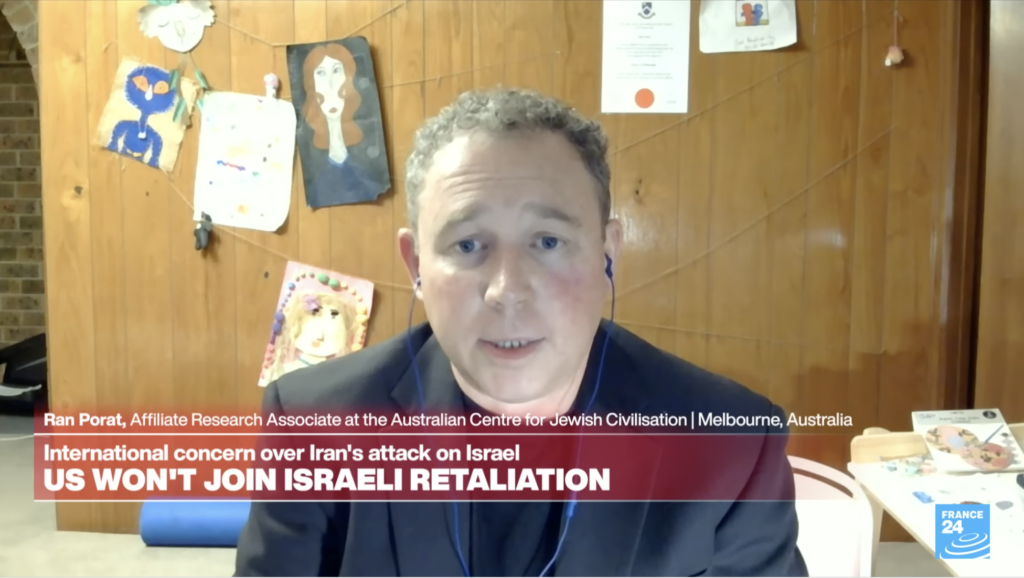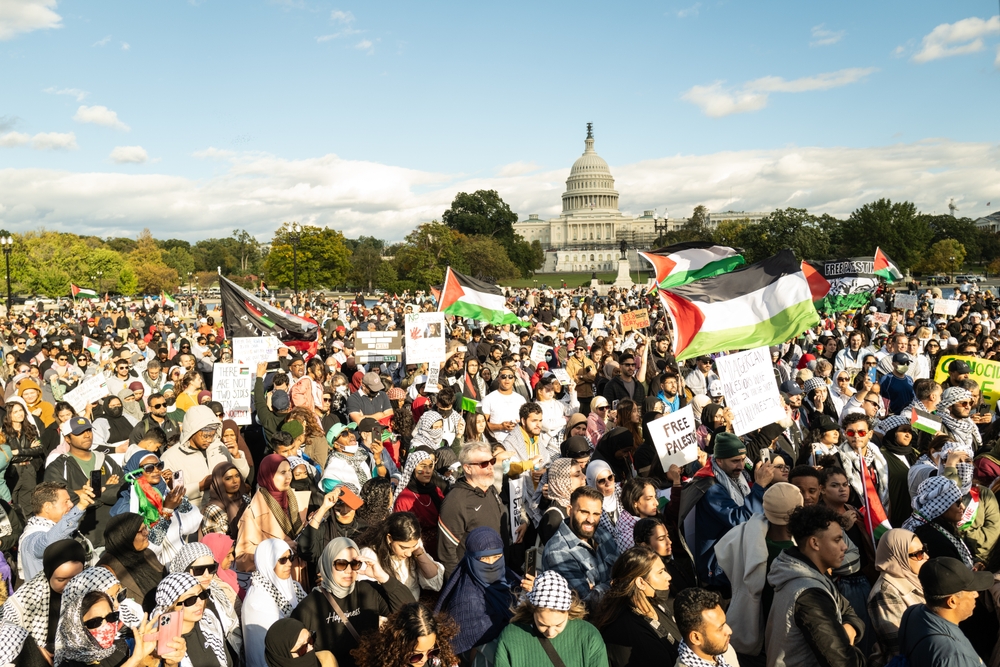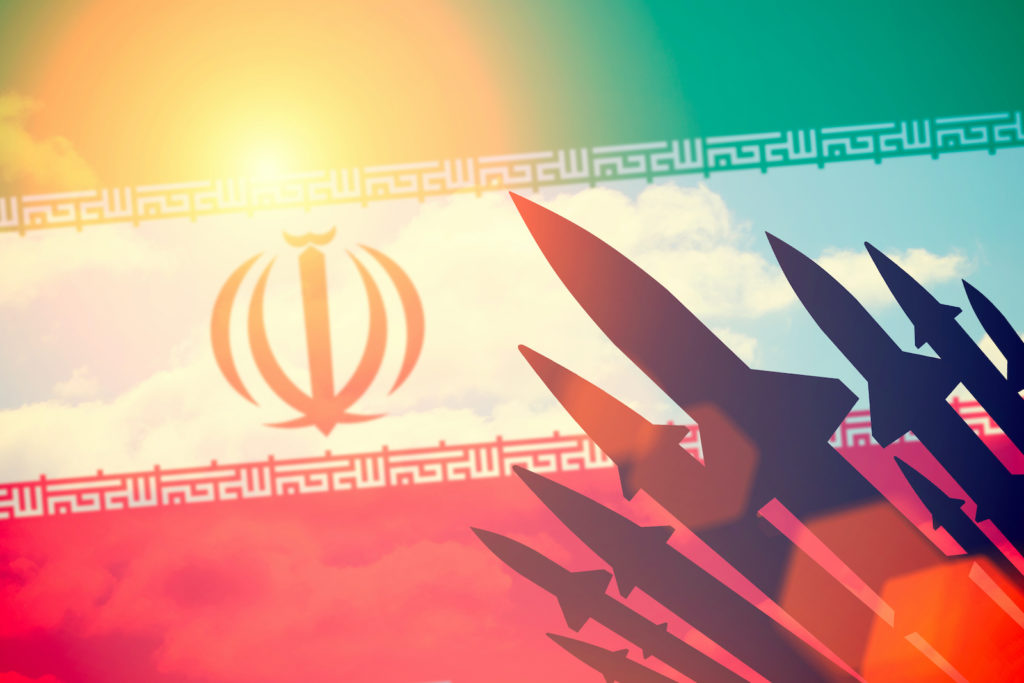IN THE MEDIA
Six Days and Forty Years
Jun 8, 2007 | Colin Rubenstein
Colin Rubenstein
Australian Financial Review – 8 June 2007
(This article appeared in abbreviated form in the print edition – below is the full version)
Forty years ago this week, Israel scored a stunning six-day military victory against its Arab neighbours. Today, too many remember this event primarily as the start of Israel’s “occupation” of Arab land, which is seen as the “root cause” of all subsequent Middle Eastern problems. It is worth recalling what actually happened during that watershed conflict.
At the beginning of 1967, Israel “occupied” no land, but Arab rejection of its right to exist, as well any direct negotiation with Jerusalem, was almost total. Jordan had annexed the West Bank and East Jerusalem and Egypt controlled Gaza. Today these are termed the ‘Palestinian territories”, but there was virtually no discussion of setting up a Palestinian state in either. The PLO had been created in 1965, but insisted it did not want any West Bank or Gaza territory – only to replace Israel. It took part, with Arab government sponsorship, in frequent cross-border raids and attacks into Israel.
In May 1967, for unclear reasons, the Soviet Union gave Egyptian President Nasser completely false intelligence that Israel was massing troops to attack Syria. Nasser, who had been riding high across the Arab world on a wave of nationalist rhetoric including promises of Israel’s destruction, reacting by violating the 1957 UN-sponsored ceasefire arrangements. He demanded and received the withdrawal of a UN buffer force in Sinai on May 16 and sent his military to the border. With his own rhetoric, and the mass demand for actions this created, swelling, he escalated further on May 22. Violating another element of the 1957 arrangements, he blockaded the straits leading to Israel’s southern port of Eilat – Israel’s source of oil.
Nasser knew this was an act of war, stating, “Taking over Sharm el Sheikh [the straits] meant confrontation with Israel [and] also meant that we were ready to enter a general war with Israel…Our basic objective will be to destroy Israel.”
This was part of a wave of rhetoric from Arab leaders and official media declaring a war to destroy Israel was imminent. Syria, Iraq and Jordan joined Nasser in mobilising for war. There is also evidence of a planned but cancelled Egyptian attack on May 28.
Israel was grossly outnumbered in men, tanks and planes, and had highly vulnerable borders. Both in Israel and internationally, the majority of observers believed that there was a very significant danger Israel could be destroyed. Moreover, Israel’s relatively small military had to rely on reserves who constitute, in normal times, the majority of the male workforce. This made prolonged Israeli mobilization unsustainable. Nonetheless, Israel waited three weeks while diplomatic efforts to avert war were exhausted.
Israel finally initiated hostilities on June 5, attacking the Egyptian and Syrian air forces. At the same time, Israel sent a message through the UN to Jordan’s King Hussein, asking him to stay out of the fighting, and promising not to attack him. However, the Jordanian Army bombarded West Jerusalem and other areas with artillery. Israel ground forces then successfully attacked on all three fronts, and ended the war in control of the West Bank (from Jordan) the Golan Heights (from Syria) and Sinai and Gaza (from Egypt.)
Arab rejectionism and nationalistic fervour both precipitated the war and turned Israel’s control of most of these areas into a long-running “occupation.” On June 19, the Israeli cabinet voted unanimously to return all of the Sinai and Golan in exchange for peace, and to open negotiations with Jordan on the West Bank. The Arab League responded with a resolution on September 1 vowing “no peace, no recognition and no negotiation with Israel.”
In November, UN Security Council Resolution 242, the famous “land for peace” formula, was adopted and accepted by Israel. Its drafters maintain it was intended to call for a negotiated peace involving unspecified Israeli withdrawals and negotiation of “secure and recognised boundaries”. Despite this, the Arab world has always interpreted it as simply demanding Israel’s withdrawal from all captured land.
Subsequently, Israel returned Sinai, 93% of the land captured in 1967, to Egypt in exchange for peace, and has made other withdrawals, on the Golan, along the border with Jordan, and from all of Gaza in Sept. 2005. It has also offered to return to the international border on the Golan, and to evacuate more than 95% of the West Bank in exchange for peace. Polls and public statements make it clear that both the Israeli public and political leaders remain ready to do so if convinced real peace would result.
However, today, some of the same social and political forces that caused the 1967 war and prevented peace afterward are still preventing a two-state peace. The fervent Arab nationalism which saw Israel’s existence as an insufferable stain on Arab honour has diminished, but it has been replaced by a growing Islamist movement, which sees Israel’s existence as an intolerable affront to divine law and Islam. Both movements gained their popularity from the same frustration and lack of democratic legitimacy, political freedom and economic opportunity which afflicted the Middle East before 1967 and still exists today. Many Arab states continue to contribute to this problem with their policies, but they are no longer the main obstacle to peace and are themselves under threat from the radical Islamist forces represented by Hamas, Hezbollah, and their paymasters in Teheran and Damascus. These forces make peace impossible by openly planning to use any territory Israel evacuates for ongoing attacks, as we have witnessed in both Gaza and Lebanon, and by threatening leaders who compromise for peace.
Many people have, ahistorically, come to believe over the last 40 years that ending Israel’s “occupation” of Arab land is the key to solving all the region’s problems. History demonstrates precisely the opposite – the region’s problems are still preventing Arab-Israel peace.
Dr. Colin Rubenstein is Executive Director of the Australia/Israel & Jewish Affairs Council. Previously, he taught Middle Eastern politics at Monash University for many years.
Tags: Israel

